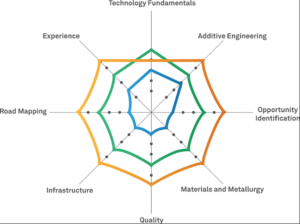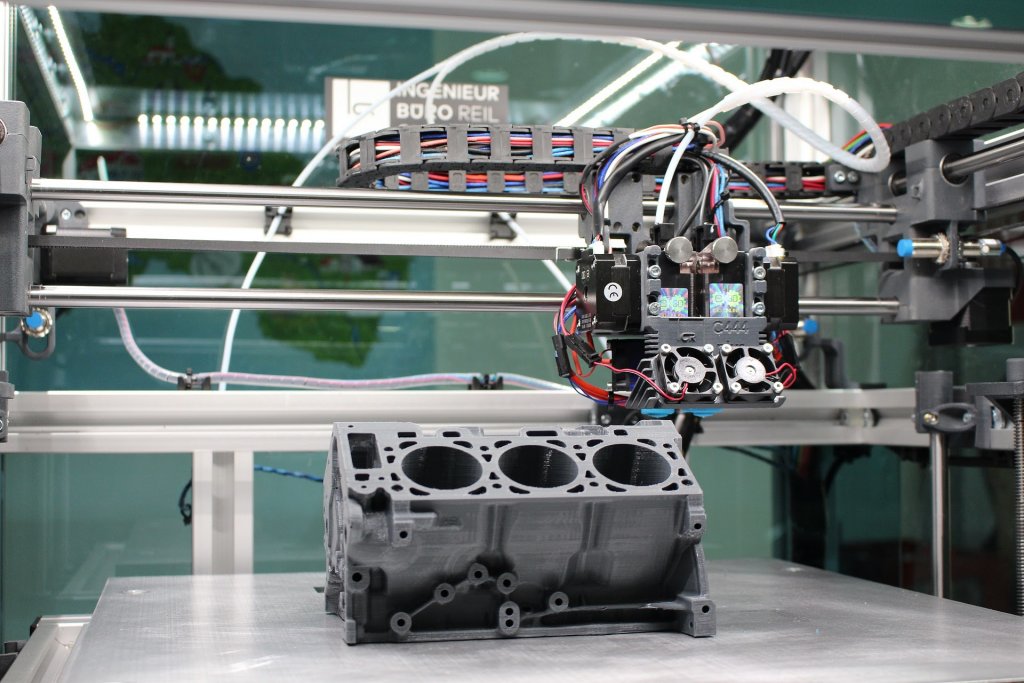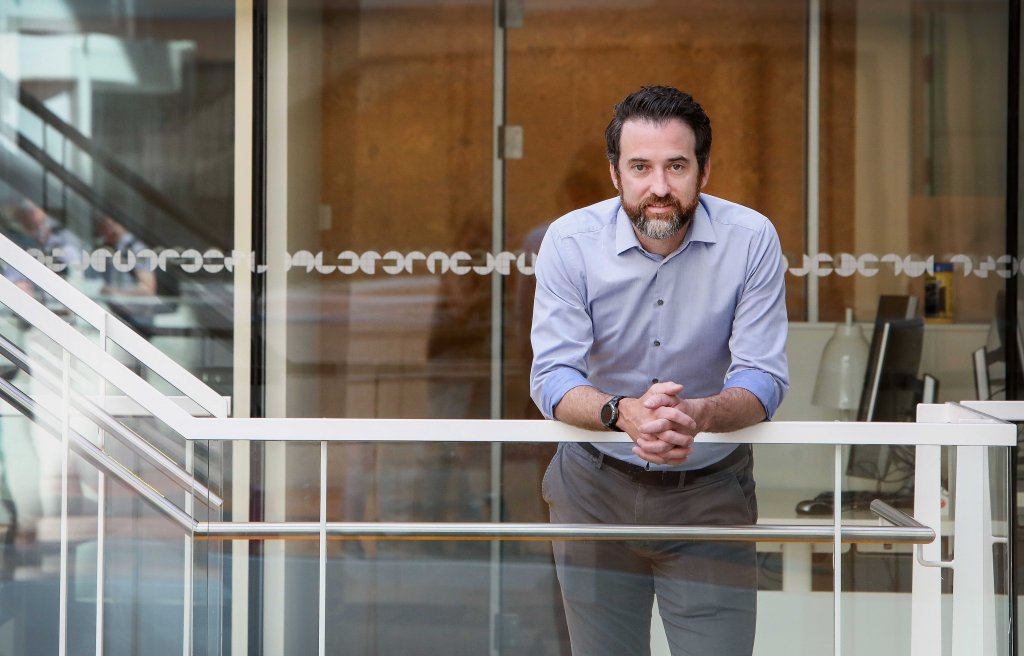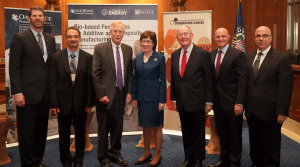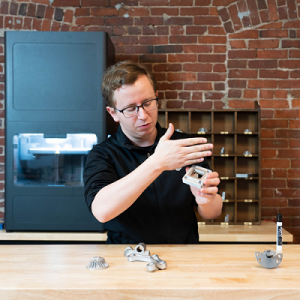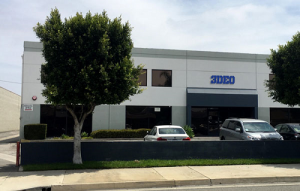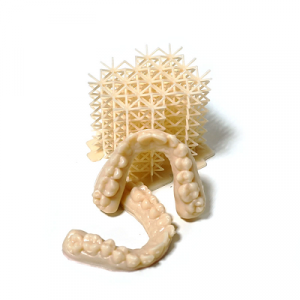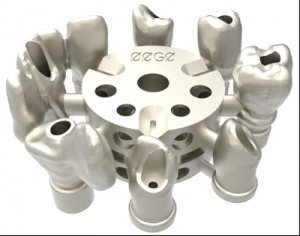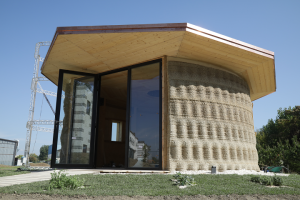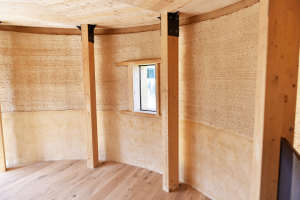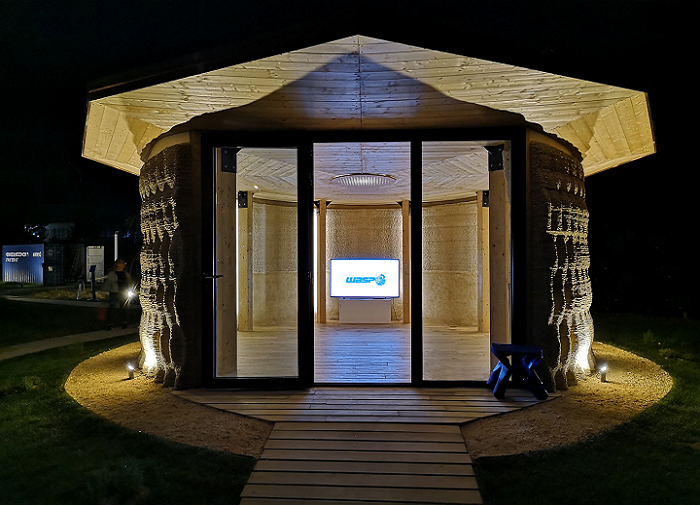For your holiday edition of 3D Printing News Briefs, we’ll get business out of the way first – Wipro 3D has launched Addwize, a new Additive Technology Adoption and Acceleration Program. Moving on, Prusa interviewed animatronic model senior designer Joshua Lee about their shared interest in 3D printing. Finally, Voodoo Manufacturing helped an artist bring her 2D artistic vision to full-sized 3D life.
Wipro 3D Introduces Addwize Program
Additive manufacturing solutions provider Wipro 3D, a business of Wipro Infrastructure Engineering, has launched a new Additive Technology Adoption and Acceleration Program called Addwize, which will address all the phases in the AM adoption cycle within academia and industry. The multi-platform, OEM-agnostic adoption program will help interested organizations and institutions fully understand 3D printing, evaluate business cases for the technology, and then scientifically use it to create value. It’s designed to help stakeholders of all levels, and academia, adopt and scale their usage of AM for business benefits.
“Wipro 3D addwize
is designed and developed to support any organization or institution who is either evaluating metal Additive technology, has AM in their near future technology roadmap or has already invsted in AM, create business value using metal AM,” said Ajay Parikh, Vice President and Business Head, Wipro 3D.
“There is no lower or upper limit to the size of the organization who wants to evaluate AM.”
Prusa Interviews Animatronic Model Designer Joshua Lee
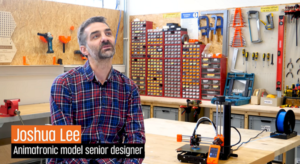 Not too long ago, the Research Content Team at Prusa met award-winning animatronic model senior designer Joshua Lee in Prague, who has over 25 years of experience in the film industry working on such movies as Prometheus, The Fifth Element, and even the Star Wars and Harry Potter series. The team took advantage of the opportunity to speak with Lee about a topic near and dear to all their hearts – 3D printing, which he uses often in his work.
Not too long ago, the Research Content Team at Prusa met award-winning animatronic model senior designer Joshua Lee in Prague, who has over 25 years of experience in the film industry working on such movies as Prometheus, The Fifth Element, and even the Star Wars and Harry Potter series. The team took advantage of the opportunity to speak with Lee about a topic near and dear to all their hearts – 3D printing, which he uses often in his work.
“We use a lot of different techniques of 3D printing in the filming industry,” Lee told Prusa. “We only really adopted it in the last 5 years. I am really using it a lot now.
“The thing I like the most is how 3D printers help when you have really tight deadlines. The film director has a new idea and you just wish there were more hours in a day. We used to do a lot of “all-nighters” to get things made. If you’ve got your own 3D printer, you can design something quickly, press print and you can go home to bed – that’s the best thing! In the morning, you are up and running again and this amazing print awaits you there. I still get a small thrill, every time I come in and see this thing that has magically appeared there overnight.”
To hear more of what Lee had to say about the materials he uses (PLA and PETG), his preferred desktop printer (Original Prusa MK3), and specific Star Wars-related projects he used 3D printing for, check out the rest of the interview in the video below:
Voodoo Manufacturing Assists with 3D Printed Art Installation
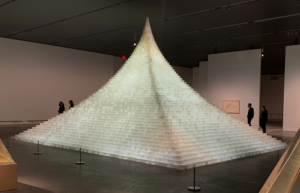 Back in 1976, artist Agnes Denes created a 2D art piece called Probability Pyramid – Study for Crystal Pyramid, and has long since dreamed of turning into a life-size installation. In early 2019, her dream seemed like it would become reality when NYC-based art space The Shed began working with her on the project. The team didn’t have much luck with acrylic, glass, or mold injection, and so turned to Brooklyn’s Voodoo Manufacturing for assistance. There were a lot of requirements for the project – the Pyramid required several groups of bricks in unique sizes and shapes, totaling 5,442 translucent bricks that could be stacked to easily transport and form the pyramid; Voodoo 3D printed bricks that were 99% hollow, so they were less breakable and very lightweight.
Back in 1976, artist Agnes Denes created a 2D art piece called Probability Pyramid – Study for Crystal Pyramid, and has long since dreamed of turning into a life-size installation. In early 2019, her dream seemed like it would become reality when NYC-based art space The Shed began working with her on the project. The team didn’t have much luck with acrylic, glass, or mold injection, and so turned to Brooklyn’s Voodoo Manufacturing for assistance. There were a lot of requirements for the project – the Pyramid required several groups of bricks in unique sizes and shapes, totaling 5,442 translucent bricks that could be stacked to easily transport and form the pyramid; Voodoo 3D printed bricks that were 99% hollow, so they were less breakable and very lightweight.
“A lot of traditional manufacturing happens abroad. Because Voodoo’s factory is in Brooklyn, the team at The Shed would have an easier time accessing the parts as the sculpture was built. By the same token, as part of her commitment to environmental responsibility, it was very important for Agnes Denes to keep the production local,” Voodoo explained.
“The use of 3D printing was much more in line with her vision than traditional sculpture construction methods. This also allowed us to test multiple versions of the Pyramid digitally instead of having to build many physical versions.”
Thanks to Voodoo’s digital factory, the exhibition Agnes Denes: Absolutes and Intermediates opened on time. The retrospective, which features the 3D printed installation, will be displayed at The Shed until March 22, 2020.
Discuss these stories and other 3D printing topics at 3DPrintBoard.com or share your thoughts in the Facebook comments below.
The post 3D Printing News Briefs: December 26, 2019 appeared first on 3DPrint.com | The Voice of 3D Printing / Additive Manufacturing.

